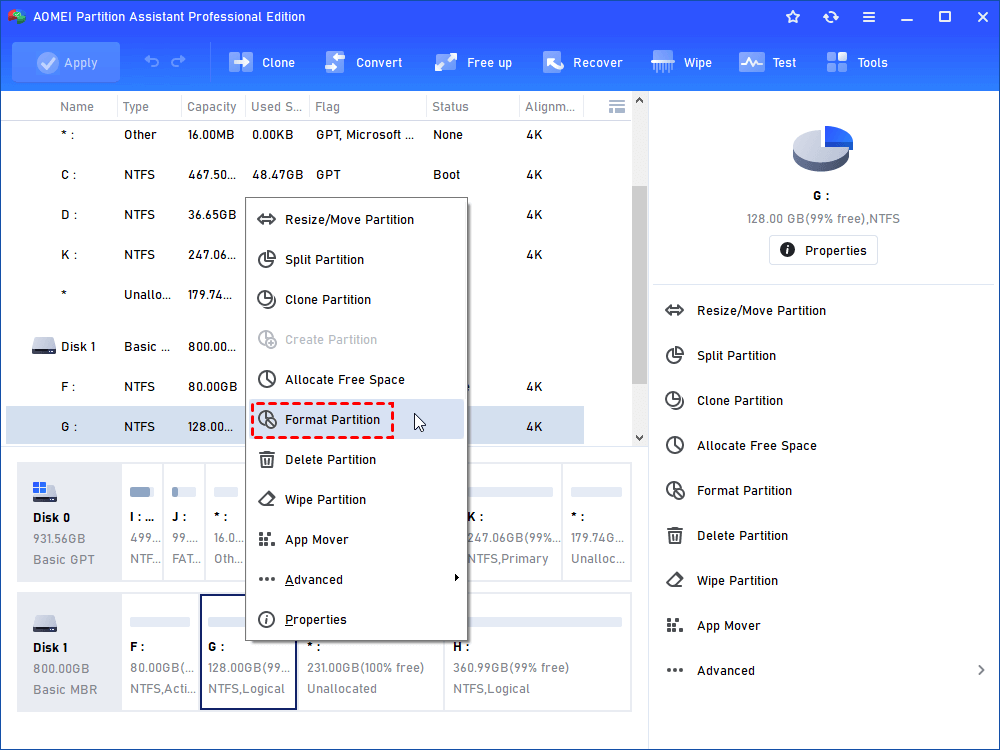
If you want to use the drive only on Windows:Drive Partition and Format1. Open Disk Utility in your Utilities folder.2.
Convert Bootable Usb To Normal Size
Converting a Data SSD or SSD with Windows. Installation from Legacy to UEFI without Data Loss x. This bootable recovery USB can optionally be substituted for the system repair disc in the steps below. Confirm that Windows is installed to an MBR partition. Mbr2gpt.exe /convert. Restart your computer and boot into your UEFI BIOS.
Convert Bootable Usb To Normal Mac
After DU loads select your hard drive (this is the entry with the mfgr.' S ID and size) from the left side list. Click on the Partition tab in the DU main window.3. Under the Volume Scheme heading set the number of partitions from the drop down menu to one. Click on the Options button, set the partition scheme to MBR then click on the OK button.

Set the format type to MSDOS (FAT.) Click on the Apply button and wait until the process has completed.The drive should now be usable on your PC. If you need to change the drive format to NTFS, then you will need to re-format it on your PC. Note that once formatted NTFS you will only be able read it on the Mac. If you want read/write capability on both platforms either leave it at FAT or change it to ExFAT from your PC if it's supported. If you want to use the drive only on Windows:Drive Partition and Format1.
Open Disk Utility in your Utilities folder.2. After DU loads select your hard drive (this is the entry with the mfgr.' S ID and size) from the left side list. Click on the Partition tab in the DU main window.3. Under the Volume Scheme heading set the number of partitions from the drop down menu to one. Click on the Options button, set the partition scheme to MBR then click on the OK button. Set the format type to MSDOS (FAT.) Click on the Apply button and wait until the process has completed.The drive should now be usable on your PC.
If you need to change the drive format to NTFS, then you will need to re-format it on your PC. Note that once formatted NTFS you will only be able read it on the Mac. If you want read/write capability on both platforms either leave it at FAT or change it to ExFAT from your PC if it's supported. Apple Footer.This site contains user submitted content, comments and opinions and is for informational purposes only.
Apple may provide or recommend responses as a possible solution based on the information provided; every potential issue may involve several factors not detailed in the conversations captured in an electronic forum and Apple can therefore provide no guarantee as to the efficacy of any proposed solutions on the community forums. Apple disclaims any and all liability for the acts, omissions and conduct of any third parties in connection with or related to your use of the site. All postings and use of the content on this site are subject to the.